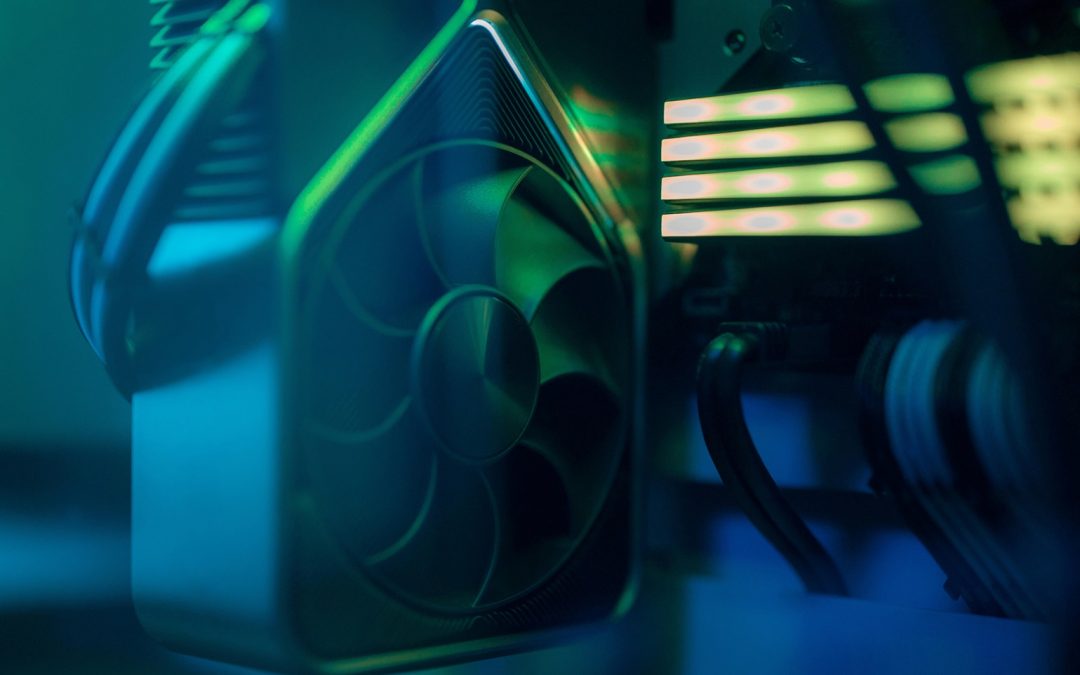In today’s world, where technology and comfort go hand-in-hand, the importance of efficient cooling systems cannot be overstated. Whether it’s in residential spaces, commercial buildings, or industrial settings, the need for effective heat removal is crucial. An integral part of any cooling system is its drainage capability, which ensures that the system runs efficiently and safely. Let’s explore the best practices and technologies that ensure optimal operation of cooling system drainage.
Understanding the Basics of Cooling System Drainage
At the heart of cooling system efficiency is the ability to effectively remove and manage the condensation produced during the cooling process. Condensation is a natural byproduct when warm, humid air comes in contact with a cold surface, typically the coils of an air conditioner. Proper drainage is essential to prevent water accumulation that can lead to system inefficiencies, water damage, and potential health risks like mold growth.
Advanced Solutions for Condensate Removal
To tackle the challenge of condensate removal, advanced tools such as airconditioning condensate pumps are employed. These pumps are specifically designed to transport the condensate from the air conditioner’s drain pan to an appropriate disposal area. This is especially critical in systems where gravity alone cannot effectively remove the water due to the layout of the installation. Ensuring that these pumps are in good working order is a cornerstone of maintaining system efficiency.
Regular Maintenance: Key to Longevity and Performance
One of the simplest yet most effective strategies for ensuring the efficiency of your cooling system’s drainage is regular maintenance. This includes routine checks and cleaning of drain lines, pans, and traps. Over time, debris, algae, and other contaminants can build up, potentially clogging the drainage pathways and causing overflow or backflow issues. Scheduling regular maintenance helps prevent such problems and extends the life of your cooling system.
Cleaning Techniques
Effective cleaning techniques involve the use of professional-grade solutions designed to dissolve and remove buildup without damaging the components of the cooling system. Technicians often use a combination of vacuuming, flushing, and antimicrobial treatments to ensure the system remains free of obstructions and sanitary.
Technological Enhancements in Drainage Systems
Advancements in technology have paved the way for more sophisticated drainage solutions that can significantly enhance the efficiency of cooling systems. For instance, smart sensors can now monitor the flow and level of condensate in drain pans, automatically triggering the pump or alerting maintenance personnel when issues are detected. These technologies not only prevent problems but also reduce the workload on maintenance teams, allowing for more efficient operations.
Integration with Building Management Systems
Modern cooling systems, especially in larger facilities, are often integrated into broader building management systems (BMS). This integration allows for centralized control and monitoring of various system parameters, including humidity levels and condensate drainage. Such systems enable predictive maintenance schedules and immediate response to any anomalies, ensuring that the cooling system operates at peak efficiency.
Energy Efficiency and Environmental Impact
Optimizing the drainage in cooling systems isn’t just about preventing water damage or system malfunctions; it also plays a significant role in energy consumption. A well-maintained drainage system ensures that the cooling unit does not work harder than necessary to achieve desired temperatures, thereby conserving energy. Additionally, proper disposal and treatment of condensate can minimize the environmental impact, particularly in industrial settings where the volume of condensate can be substantial.
Implementing Green Practices
Incorporating environmentally friendly practices into the maintenance and operation of cooling systems can further enhance their efficiency and reduce their ecological footprint. This includes using energy-efficient pumps, recycling condensate water where possible, and employing non-toxic cleaning agents during maintenance.
Educating Users and Technicians
Education plays a pivotal role in the efficient management of cooling system drainage. For homeowners and facility managers, understanding the signs of drainage problems and knowing when to call in professionals are critical skills. For technicians, ongoing training on the latest technologies and best practices in system maintenance is essential to keep up with the evolving landscape of HVAC systems.
Workshops and Training Programs
Offering workshops and training programs can empower users and maintenance staff to better manage and troubleshoot their cooling systems. This not only enhances their ability to maintain the system effectively but also ensures they are up-to-date with regulatory requirements and environmental guidelines.
A Comprehensive Approach to Efficiency
Ensuring optimal operation of cooling system drainage is a multifaceted endeavor that involves understanding the system’s mechanics, employing the right technologies, conducting regular maintenance, and educating those involved in its operation. By adopting a comprehensive approach, one can not only guarantee the efficient performance of their cooling systems but also contribute to energy conservation and environmental protection. Remember, a little attention to the details of system drainage can lead to significant benefits in terms of performance, cost savings, and sustainability.
Photo by Ron Lach : https://www.pexels.com/photo/close-up-shot-of-a-computer-cooler-7858767/

Recent Comments